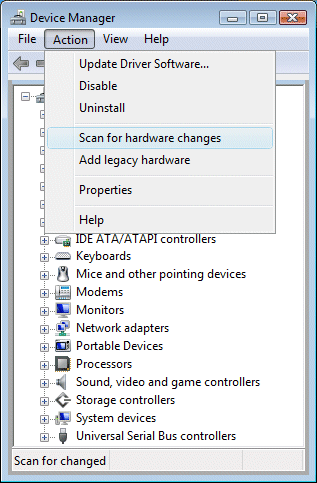
Windows may appear to run, but later you discover instability or other problems defying explanation. Windows may run, but will be unstable or present an assortment of error messages. Depending on how different the hardware is, you may experience any of the following: It has drivers and settings and customizations for that hardware.Īttempting to restore Windows to a different machine means it won’t have the proper configuration it needs to run on that different hardware. What your backup image containsĪ backup image of any machine contains a copy of Windows specifically configured for the computer on which the backup was taken. Once it’s set up, Windows has been highly customized to the characteristics of your specific computer. What happens behind the scenes is significantly more complex.Įvery machine is different from every other machine, and during installation, those differences are accounted for. Then setup goes to work, showing a progress bar or some propaganda information about the benefits of the operating system you’re installing, and how wonderful your life together will be. When you install an operating system, the setup program goes through what appears to be the same sequence on every machine: you enter the product key, type in a little information, tell it what machine name you want, set the time zone, and pick a password. Windows configures itself for your machine Restoring a complete image backup to different hardware isn’t on the list.  Restoring specific files onto any machine, anywhere, at any time (even the files you didn’t know you needed), because the backup contains everything. Restoring the entire system to a replacement hard drive on the same machine, as in the case of a hard-drive failure.īecause image backups contain everything on the machine, they are also very conveniently used for one additional purpose:. Restoring the entire system to a known good state on the same machine, for instance, in case of malware. Image backups are a snapshot of a specific machine, and are designed to be used in either of two scenarios: The concept is simple: restore the image backup to a replacement machine, and carry on where you left off. Since an image backup contains the entire system, many people would like to use it when moving to a new machine. What you’re asking is such a common question that I discuss it in each of my books on backing up. The correct solution for new hardware is a new, clean, installation of Windows customized to that hardware. They are unlikely to work - or work reliably - if restored to different hardware. They contain a copy of Windows that is highly customized and configured for that specific hardware. Image backups are a safety net for software and hardware failures on the computer they back up.
Restoring specific files onto any machine, anywhere, at any time (even the files you didn’t know you needed), because the backup contains everything. Restoring the entire system to a replacement hard drive on the same machine, as in the case of a hard-drive failure.īecause image backups contain everything on the machine, they are also very conveniently used for one additional purpose:. Restoring the entire system to a known good state on the same machine, for instance, in case of malware. Image backups are a snapshot of a specific machine, and are designed to be used in either of two scenarios: The concept is simple: restore the image backup to a replacement machine, and carry on where you left off. Since an image backup contains the entire system, many people would like to use it when moving to a new machine. What you’re asking is such a common question that I discuss it in each of my books on backing up. The correct solution for new hardware is a new, clean, installation of Windows customized to that hardware. They are unlikely to work - or work reliably - if restored to different hardware. They contain a copy of Windows that is highly customized and configured for that specific hardware. Image backups are a safety net for software and hardware failures on the computer they back up. 
Restoring an image backup from one computer to another








